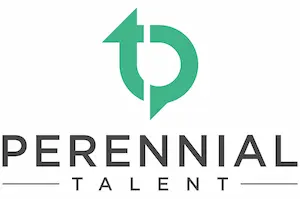Goal Setting Tips
Goal setting is often the first step in any learning and development or performance management program. When goals are set correctly, they can help employees see how their own work contributes to the broader organization, keep employees focused on what matters, and motivate employees to reach their objectives.
Below we outline 4 tips to help set great goals.
Tip 1. Link Individual Goals to Company Goals
Individual goals should sync with the overall goals of the company. That is, every employee should be able to see how working towards their individual goal impacts the company’s progress towards company goals.
Tip 2. Set Challenging Goals
If you find that you are consistently exceeding all your goals, they may not be challenging enough. To help set more challenging goals, an employee and their supervisor can brainstorm potential ideas to ensure that the goals are challenging, realistic, and related to the organization’s broader goals.
Tip 3. Improve Transparency and Accountability
There should be some mechanism in place to ensure that people are held accountable to their goals. For example, this could include frequent informal check-ins to track progress towards goals. Some companies, such as Google, make everyone’s individual goals visible for anyone else within the company to see, which can help to increase transparency and accountability.
Tip 4. Ensure Goals are SMART.
The SMART goal setting framework can be a useful tool to help ensure that people are setting Specific, Measurable, Attainable, Relevant, and Time-Bound goals. The five criteria of a SMART goal are defined as:
- Specific – Goals should be clearly defined and understood. Goals should address the who, what, where, when, and why. You want to take the time to specifically define your desired end state.
- Measurable – The outcomes can be observed, tracked, or measured. By making it measurable you can track progress and determine how far you are from reaching your goals.
- Attainable – The goals should be challenging but attainable. The goals should be practical. It is important to consider the time and resources needed to attain the goal as well as anticipated obstacles and risks.
- Relevant – The goals should align with the broader organizational goals.
- Time-Bound – There should be a timeline or deadline in place for achieving the goals.
SMART Goal setting example
Weak goal: I want to read more this year.
This goal is weak because it is not Specific (i.e., What am I reading? Where? How often?), Measurable (i.e., How do I know I have reached this goal?), or Relevant (i.e., Why am I reading more?).
Strong goal: This year I am going to improve my business acumen by reading more business books. Over the next 12-months I will read one business book per month during my commute to work.
This goal is strong because it is Specific (i.e., Reading business books on my commute to improve my business acumen), Measurable (i.e., 1 book/month), Attainable (1 book/month is challenging, but doable), Relevant (i.e., I need to improve my business acumen to be more effective in my role), and Time-Bound (i.e., I will have read 12 books in 1 year).


